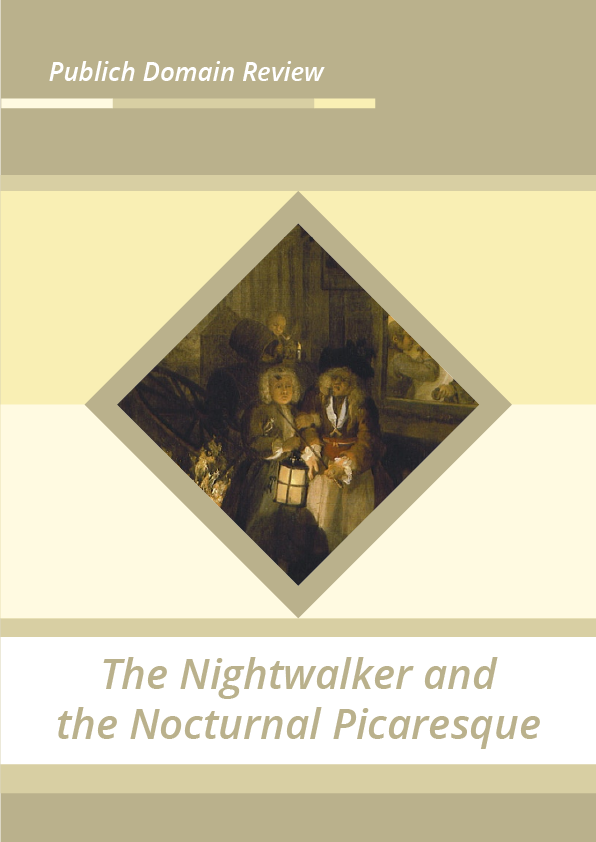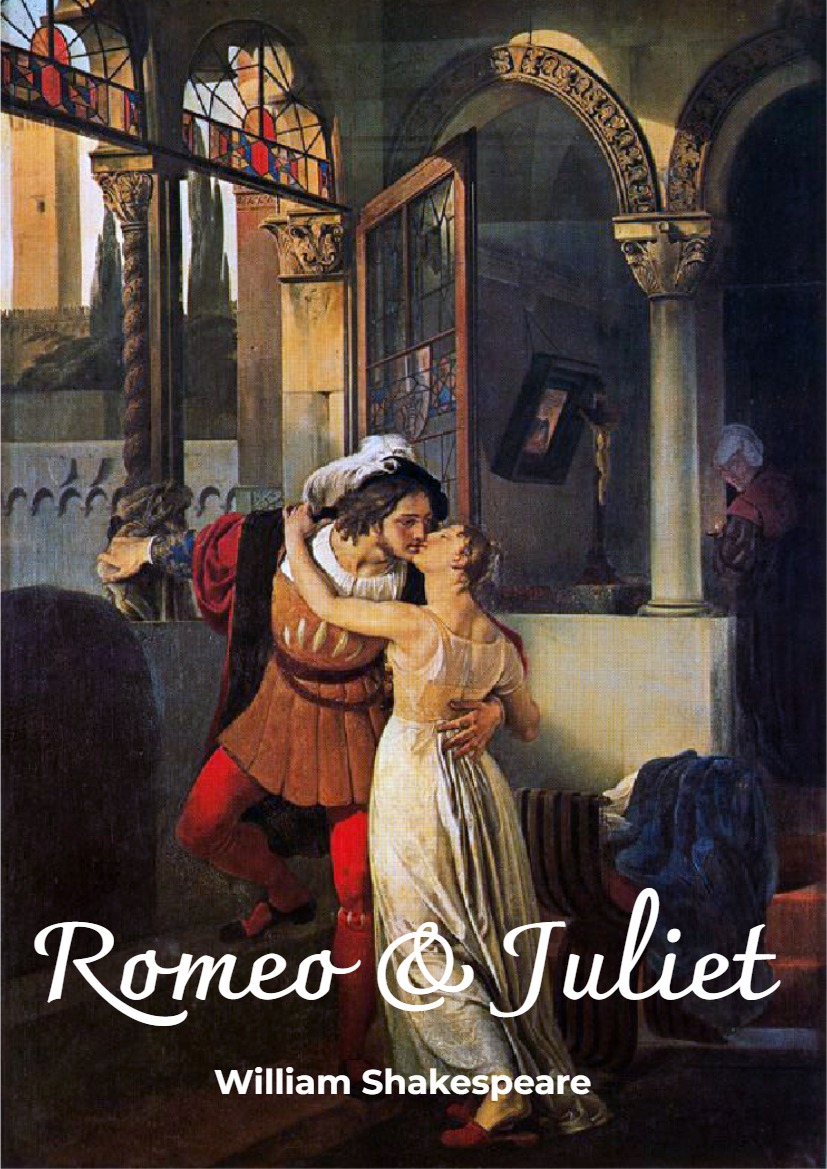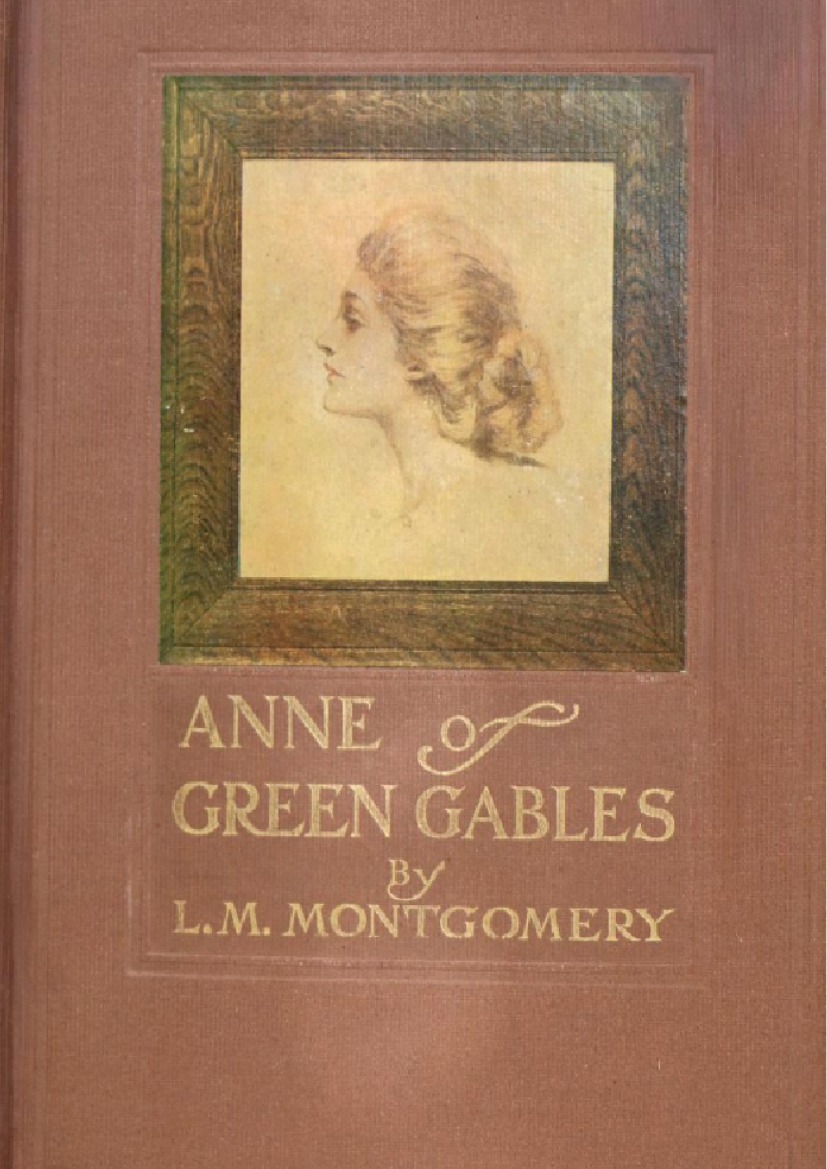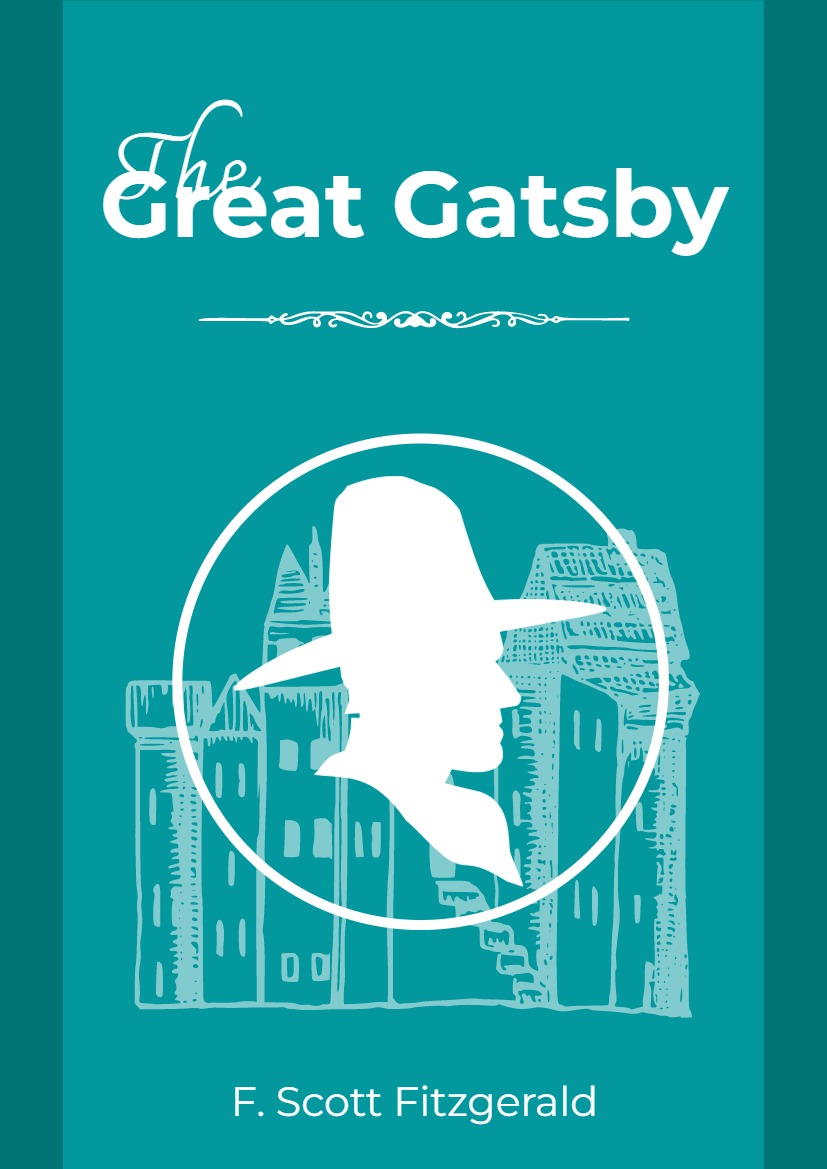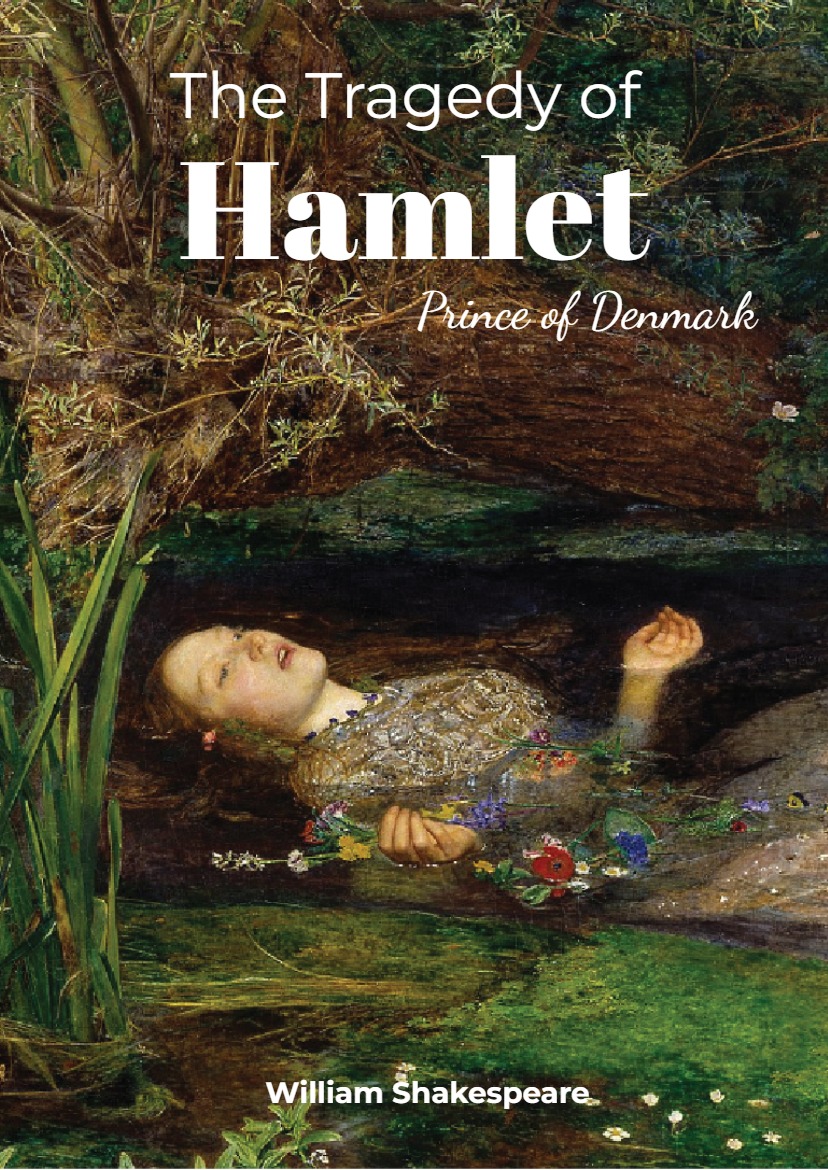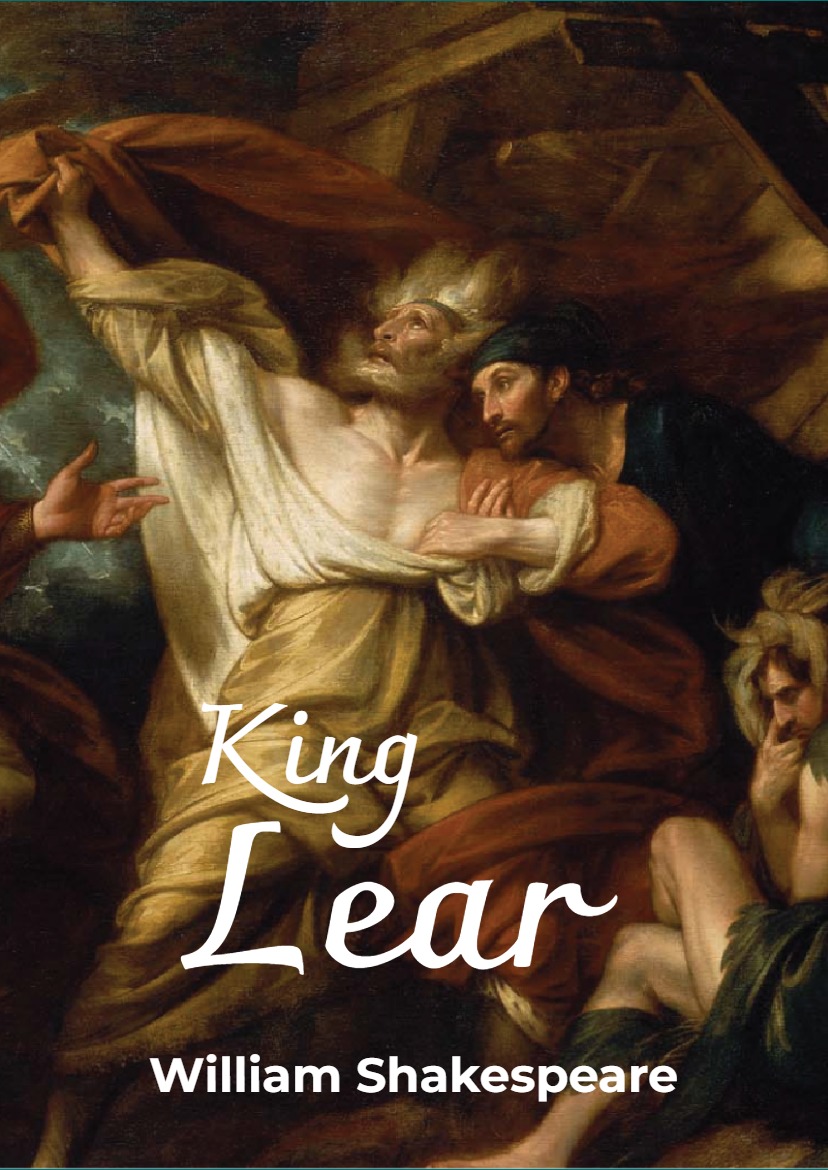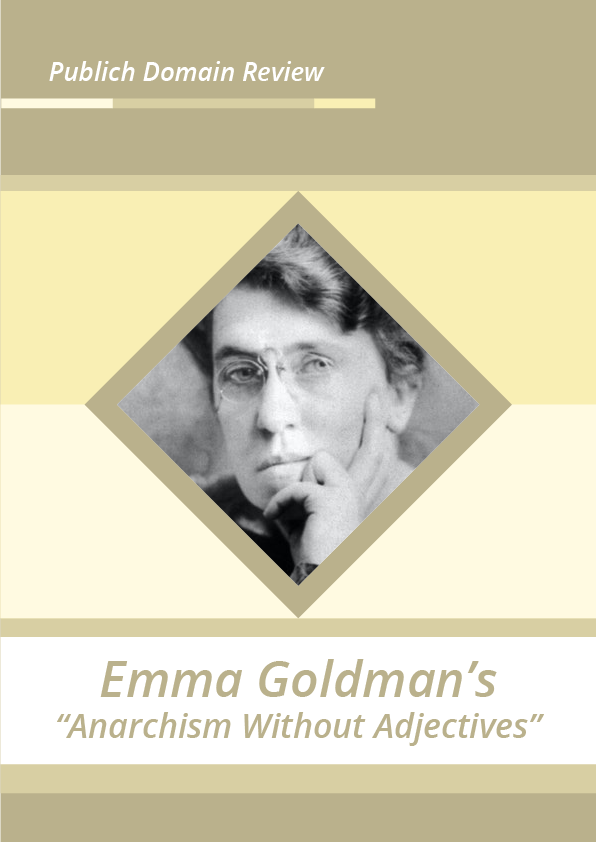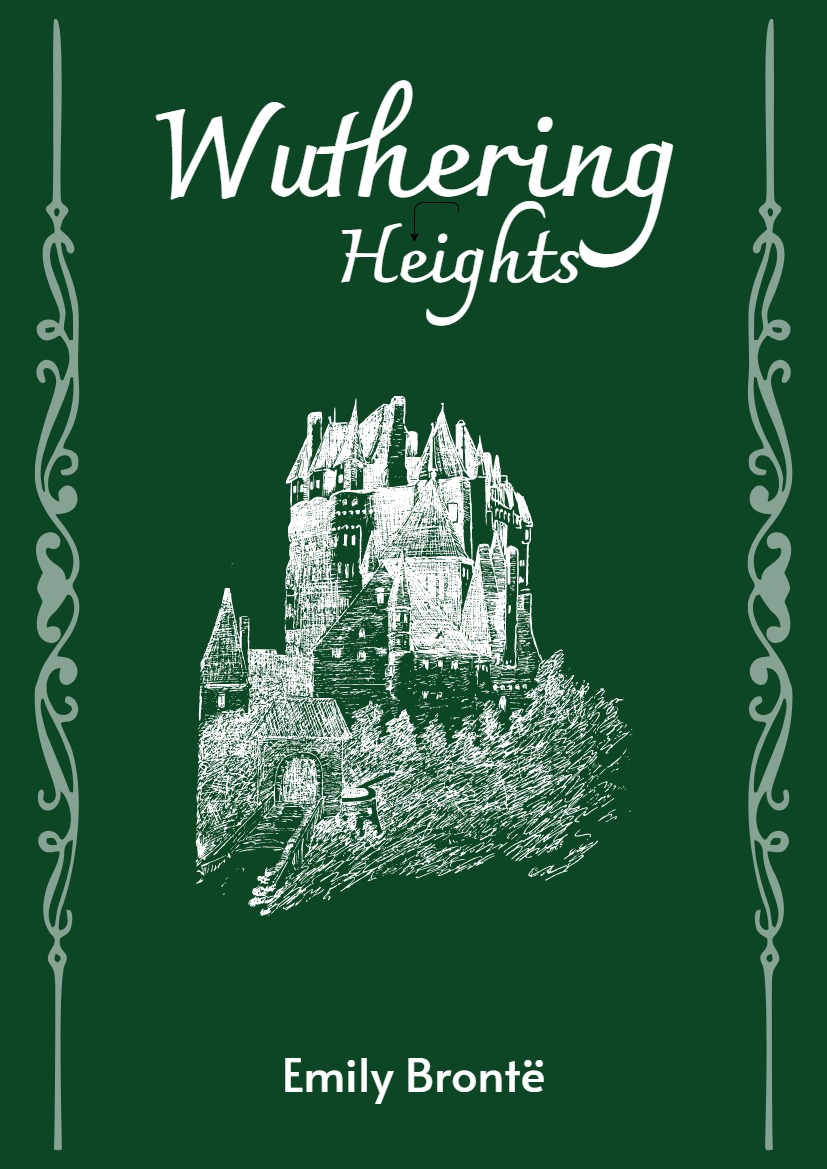The introduction of street lighting to 17th-century London saw an explosion of nocturnal activity in the capital, most of it centring around the selling of sex. Matthew Beaumont explores how some writers, with the intention of condemning these nefarious goings-on, took to the city’s streets after dark, and in the process gave birth to a peculiar new literary genre.
At the end of the seventeenth century a new literary genre or subgenre emerged in England, one that might be characterized as the nocturnal picaresque. Its authors, who were moralists or satirists or social tourists, or all of these at the same time, and who were almost invariably male, purported to recount their episodic adventures as pedestrians patrolling the streets of the metropolis at night.
These narratives, which often provided detailed portraits of particular places, especially ones with corrupt reputations, also paid close attention to the precise times when more or less nefarious activities unfolded in the streets. As distinct from diaries, they were noctuaries (in his Dictionary of the English Language [1755], Samuel Johnson defined a “noctuary” simply as “an account of what passes at night”).1 These apparently unmediated, more or less diaristic accounts of what happened during the course of the night on the street embodied either a tragic or a comic parable of the city, depending on whether their authors intended to celebrate its nightlife or condemn it as satanic.
The nocturnal picaresque, composed more often in prose than in verse, was a distinctively modern, metropolitan form that, with several other literary genres that emerged in the late seventeenth and eighteenth centuries, comprised a response to the dramatic social and architectural transformations of the metropolis after the Great Fire of 1666.
This was the epoch when both the West End, which the aristocracy colonized, and the suburbs to the south and east of the City, where the poor were exiled, expanded exponentially. By 1700, when its population reached approximately 550,000, London had outstripped Paris to become the largest city in Europe. Its concentration of imperial trade, industry, and government made it the most advanced and most energetic metropolitan centre in the world. Leo Hollis has even speculated that “the true ‘English Revolution’ was seen not in the 1640s, or in 1688, but in the 1690s”, when the expansion and recomposition of London “shattered the traditional urban space into enclaves and modern neighbourhoods” and “the city at large became a fluid mixture of anonymous and closely knit communities formed by new relationships dependent on work, status, religion and gender”.
These social and topographical changes, especially this segregation, reshaped people’s psychogeographical relationship to the metropolis and its proliferating, increasingly complex forms. A number of different types of publication mapped and explored London after the Fire. These included guidebooks, street directories, topographical surveys, urban instruction manuals and antiquarian tour-books. They also included anti-pastoral poems, or “urban georgics”, such as Jonathan Swift’s “Description of a City Shower” (1710) and John Gay’s Trivia (1716). And, most prominently, pioneering instances of the novel, as practiced in particular by Daniel Defoe – “probably the first writer to grasp the exotic possibilities of city life with its unpredictable energies tempting the urban adventurer into ever new situations.”
The nocturnal picaresque, which provided a moral map of the metropolitan night, was related to all these genres. But it was above all a type of “ramble or spy narrative”, a form that structured its account of the daily life of the city in terms of the adventures its narrator experienced in the course of a pedestrian stroll through its precincts. The ramble narrative claimed to record these scenes, which were at once sensational and typical of everyday life in the metropolis, as if they had momentarily occurred, at a particular time of day, in precisely located streets.
Like the ramble narrative, the nocturnal picaresque was rendered possible by the fact that, in spite of its rapidly rising population, which leapt by at least 200,000 in the first half of the eighteenth century, London was still not too immense to be circumambulated. The anonymous author of The Ambulator; Or, the Stranger’s Companion in a Tour Round London (1774) measured the metropolis, which included Westminster and Southwark as well as the City itself, as being five miles from east to west and three miles from north to south. It was still a pedestrian’s city, in spite of the rising levels of horse-drawn traffic.
